Stake a claim: How hypotheses make for better marketing
- Kathryn Courtney

- Feb 3
- 3 min read
Updated: Mar 24
-Kathryn Courtney, President, Mix Consulting
Your writing will be better—more effective, more inspiring, and more readable—when you open with a hypothesis. Despite what we learned in school about warming up a piece of writing with a functional, likely boring introduction (tell ‘em what you’re going to tell ‘em, tell ‘em, then tell ‘em what you told ‘em—remember that gem?), a garden-variety intro statement isn’t powerful enough to get and keep attention in a digital environment.
Leading with a hypothesis captures attention and establishes relevance right away. It promises a point of view and a more interesting intellectual ride. Asserting a hypothesis can improve almost any type of writing, but in marketing, it’s essential.
At Mix, this lives at the core of how we build content. It’s directly derived from Barbara Minto’s iconic (well, iconic in our specific circles of nerdery) book The Pyramid Principle. We brought it with us from Audienz (now The Channel Company) and it’s part of our marketing DNA. It works like gangbusters.
And yet, it can be terrifically hard to do it.
Or more accurately, it can be terrifically hard to realize that you aren’t doing it. Simple things are elusive sometimes.
How do you write a hypothesis that pulls its weight?
Crafting your hypothesis statement can be weirdly difficult. If it isn’t, be warned that you may be missing something.
Easy enough.
Then validate it by asking yourself:
If it all seems kind of obvious after you do it, zoom out and ask yourself if you are looking through the eyes of the reader (the marketing prospect) or through your own eyes as a marketer. This is usually where the first miss happens.
For example, if I’m about to write a piece of marketing collateral that aims to reach llamas who need sweaters for the winter (badly timed haircuts are serious business!), and I’m not staying super-aware of my audience, I might answer the questions like this:
The subject you are discussing:
Why llamas should buy my sweaters
The question you are answering in the reader’s mind about the subject:
Should I buy these sweaters?
The answer:
Yes, buy my sweaters, silly llama.

We’ve all seen marketing born from this kind of thinking. We’ve likely seen it fleetingly as we scrolled past it, paying little attention.
A more thoughtful process might start out like this:
And then I can dig a little deeper to check my thinking:
What is the situation?
Some llamas are getting haircuts too late in the season and then struggling to stay warm.
What is the complication?
Heating the barn can pose fire risks, be expensive, and make the other animals too hot. Being in a smaller enclosure may be cozy for a short amount of time, but limits movement and activity too much over a longer span.
Do the question and answer still follow?
They do. A sweater addresses the real challenges and complications and offers a simple solution.
From there, I craft my hypothesis. The goal is to create a moment of relevance and connection to the target reader by reflecting their situation and concerns, then asserting the solution in a bold way that invites them to learn more.
How about this for a llama-centric hypothesis?
A late-season haircut can make keeping warm in the barn this winter feel out of reach. A sweater is a cozy, inexpensive, and natural way to stay comfy until you get woolly again. It won’t limit your movement or get the pigs complaining that you’re turning up the thermostat. You may even find yourself becoming a barn fashion icon.

It’s simple, clear, and relatable. Of course, if we wanted to add more fancy emotional hooks, we could dial up the creativity and go nuts. But this is the place to start—the clear, basic message that everything else can build on. We’ve shown we understand and empathize with the problem and have a point of view on a strong solution. We aren’t trying to hard sell. We’re opening a discussion.
For some B2B exchanges, that’s enough. For B2C or top-of-the-funnel campaigns, this will be the starting point for the additional work of building creative attention-grabbing hooks.
But either way, our llamas stay warm and look dapper in their sweaters. Mission accomplished.
A good hypothesis punches above its weight in terms of impact and is worth the extra effort. Try it out and see what you think.

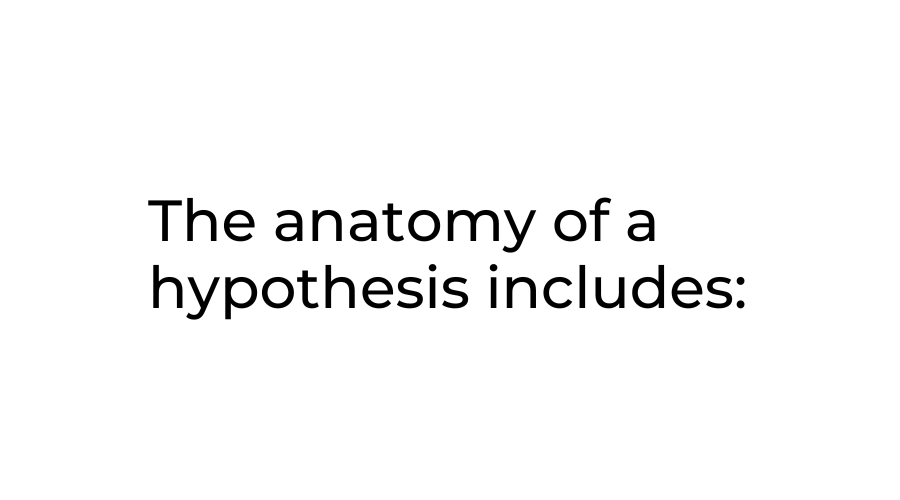

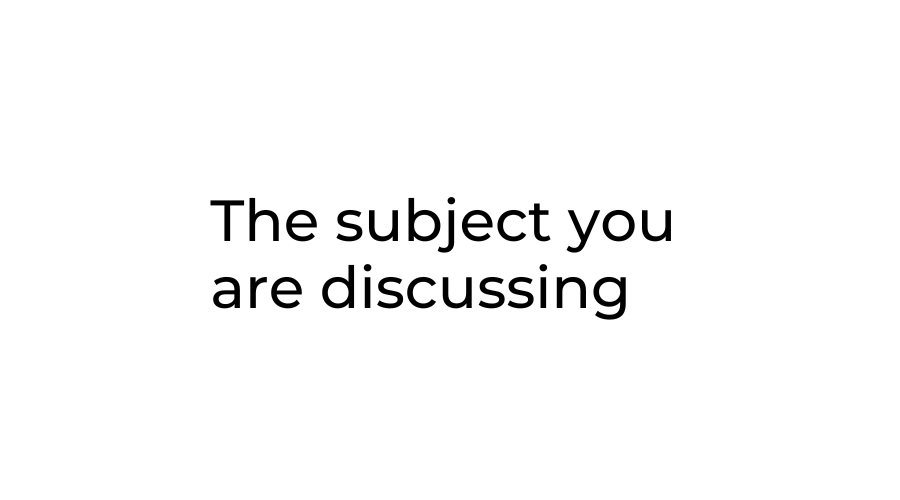

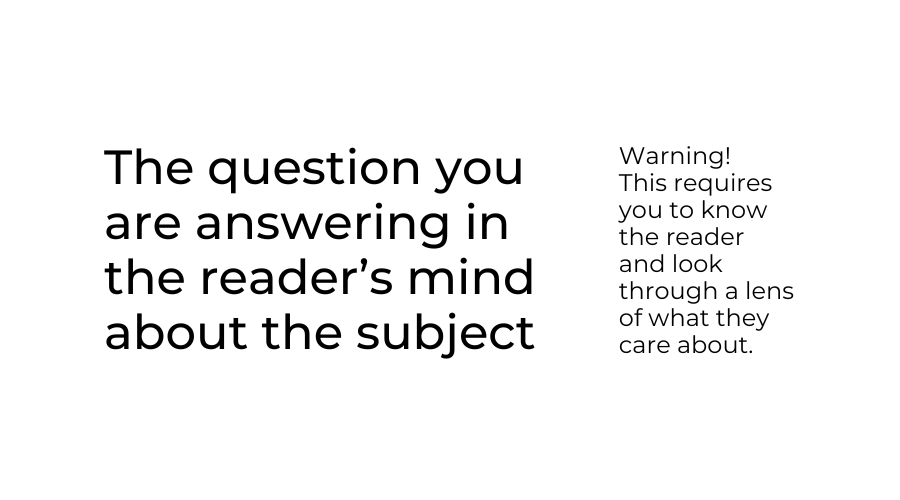

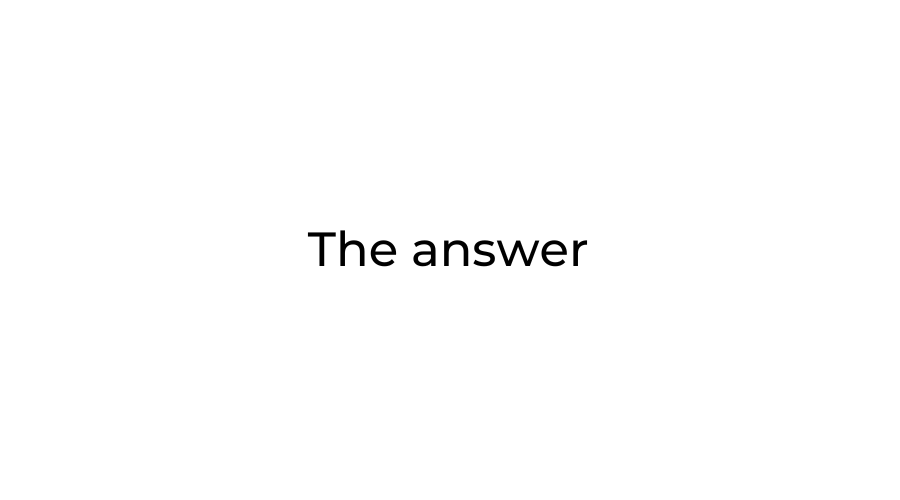

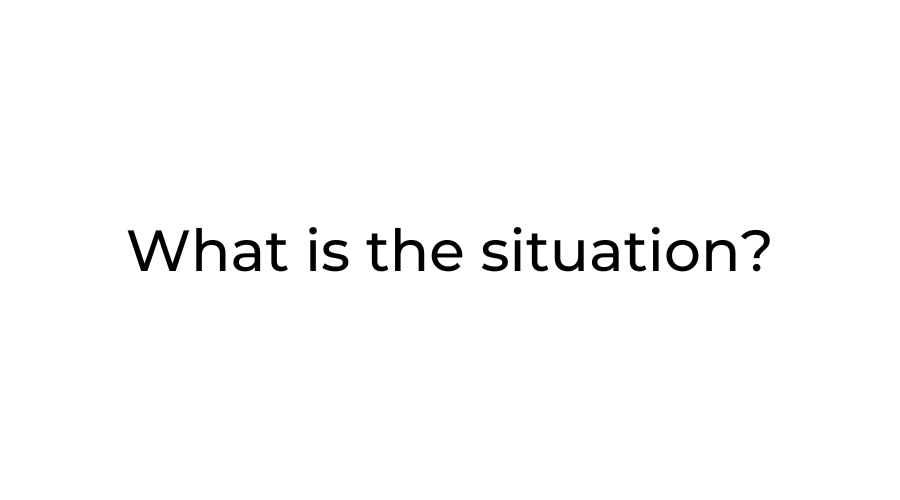

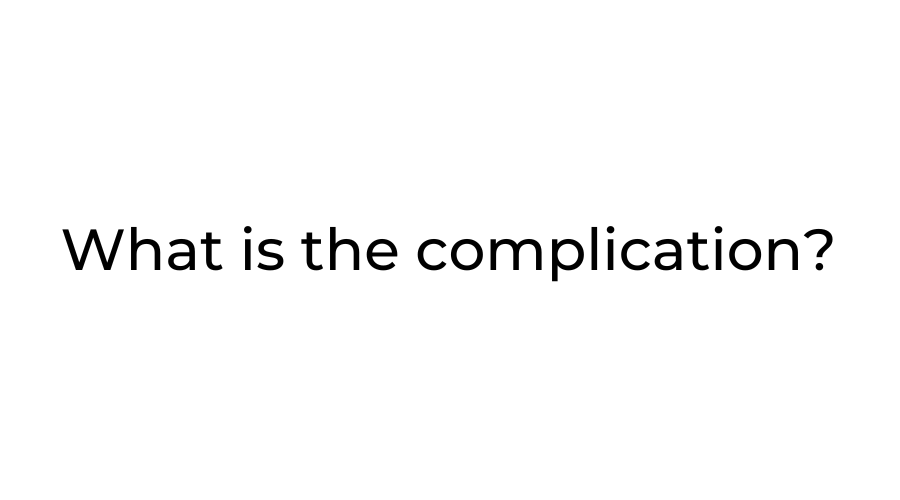

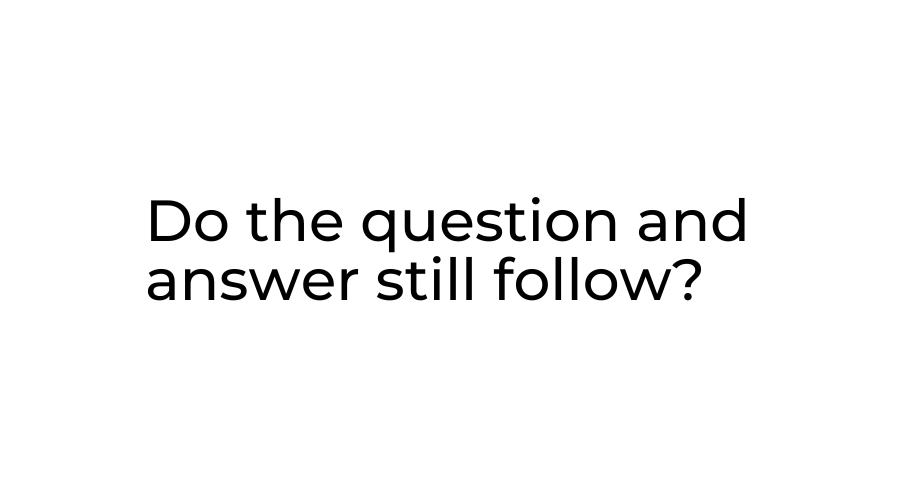



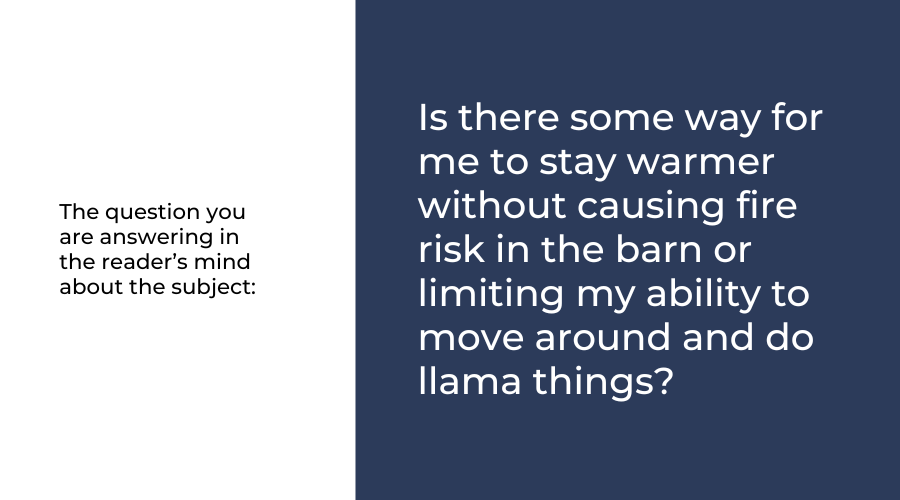

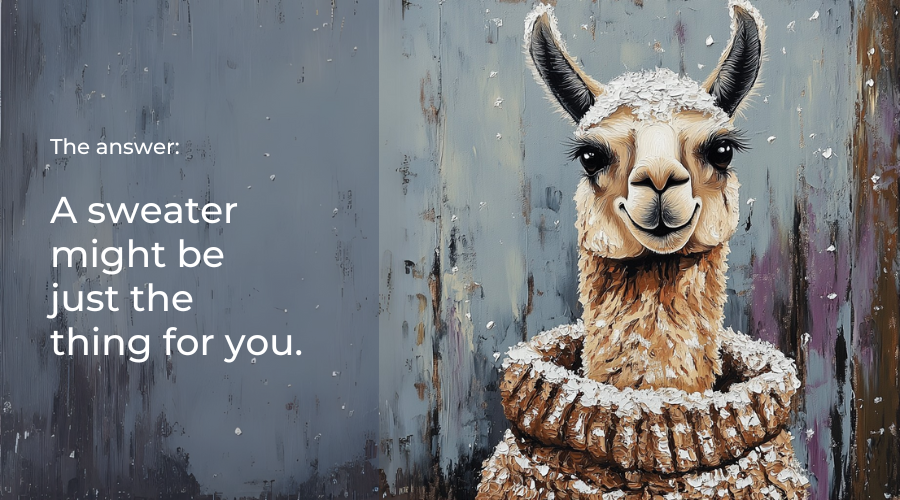



Comments